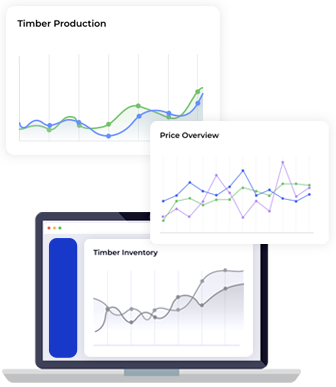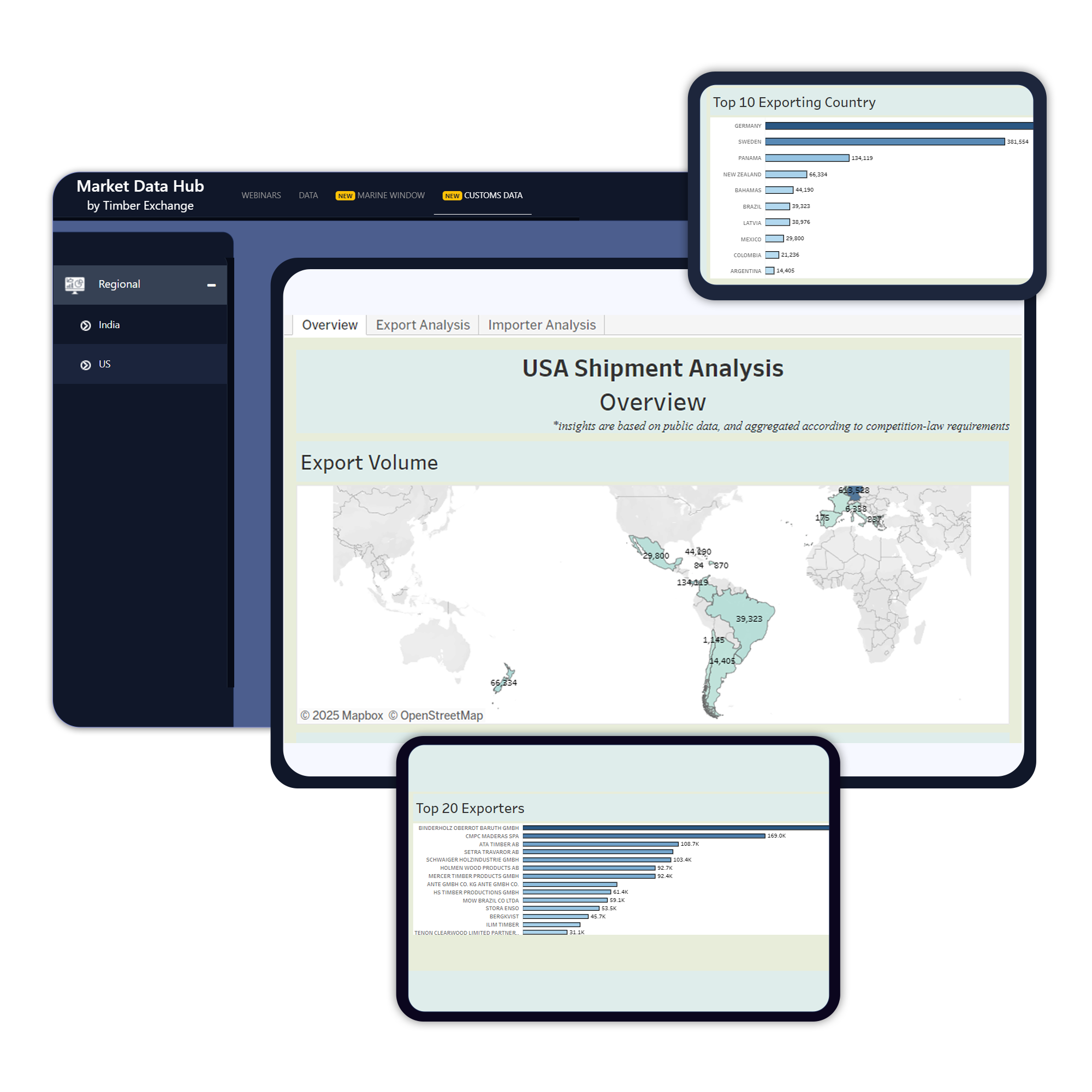
Canada's building permits fell by 7% to $11.5 billion in August after a strong July surge
Posted on October 14, 2024 |
Building permits in Canada fell by 7.0%, or $858.1 million, to $11.5 billion in August, following a strong July with a 20.8% rise in construction intentions.
On a constant dollar basis (2017=100), the total value of building permits decreased by 7.6% in August.
Residential building permits dropped by 5.2%, or $387.2 million, to $7.1 billion, mainly due to a $538.2 million decline in multi-unit permits, partially offset by a $151.0 million increase in single-family permits.
Canada authorized 18,500 new multi-family dwellings and 4,700 new single-family homes in August, resulting in a 4.1% decrease in the total number of approved units.
Despite the monthly drop, the total number of authorized units increased by 2.8% to 268,200 from September 2023 to August 2024, compared to 260,900 units from September 2022 to August 2023.
Non-residential building permits decreased by 9.7%, or $471.0 million, to $4.4 billion in August, primarily due to a $382.2 million decline in institutional construction.
The non-residential sector also saw a $46.2 million drop in commercial construction and a $42.6 million decrease in industrial construction intentions.
Despite the monthly decline, the industrial component recorded its fourth-highest value in the series and experienced a year-over-year growth of 49.0%, marking its second consecutive year of increases.





